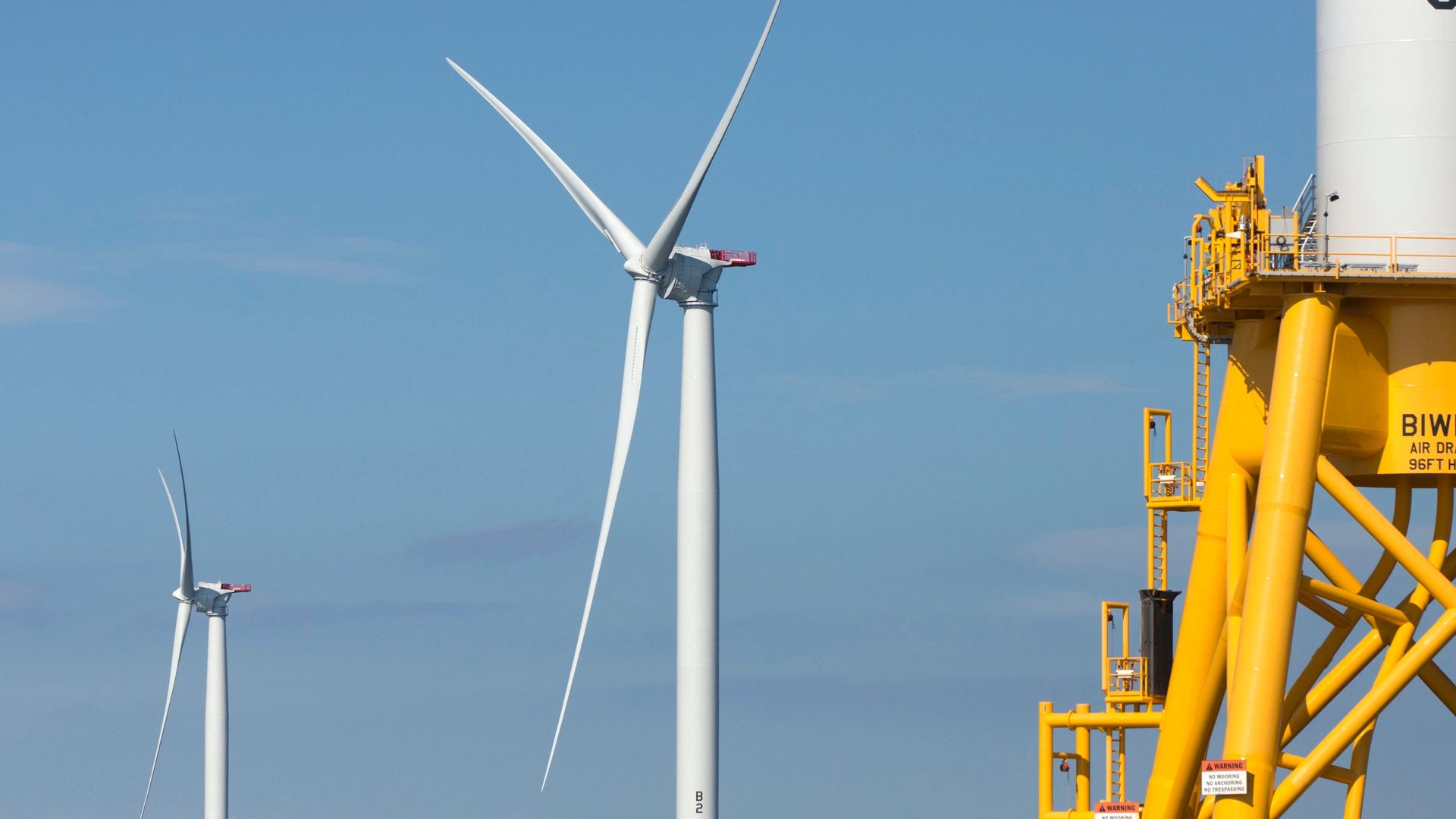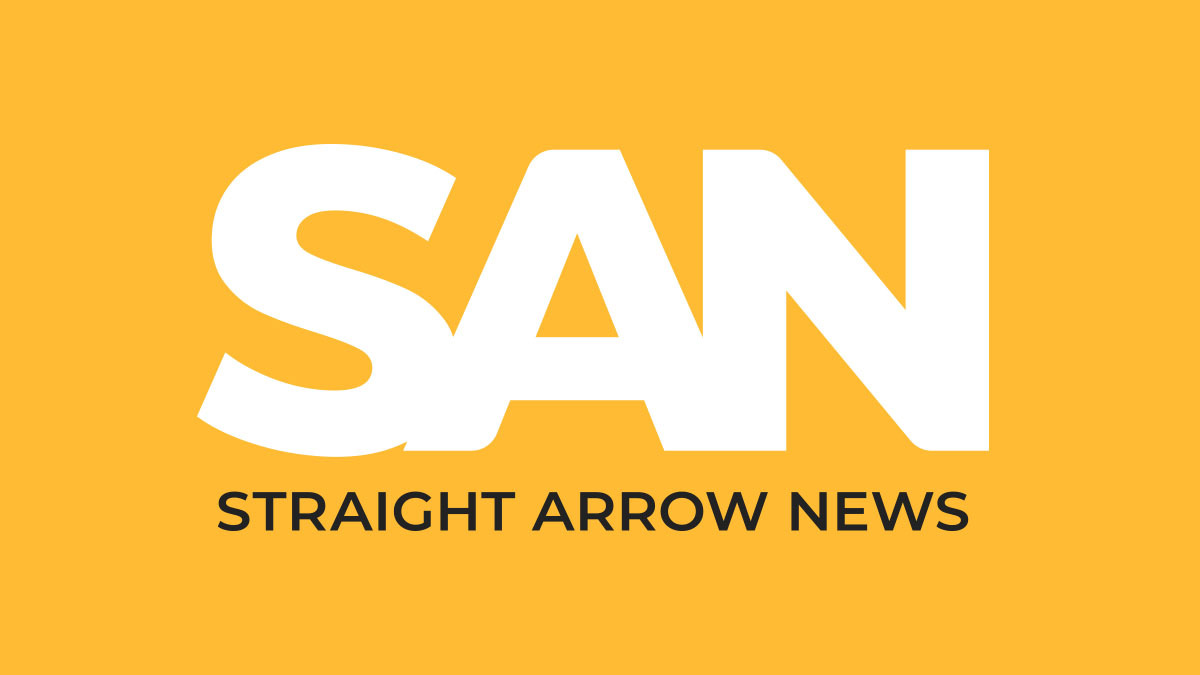
First-ever offshore wind lease sale in the Gulf of Mexico attracts just 2 bids
By Jack Aylmer (Reporter/Producer), Ian Kennedy (Editor)
Media Landscape
See how news outlets across the political spectrum are covering this story. Learn moreBias Summary
- Posuere suscipit suspendisse at nunc ut dis pharetra, bibendum congue tempus sollicitudin tempor eros.
- Metus himenaeos senectus et vitae curae commodo hendrerit habitant euismod ullamcorper eu, dis ex tempus cubilia leo orci ornare suspendisse nullam tellus.
- Efficitur lobortis proin risus augue bibendum ac sapien et suscipit ultrices blandit taciti, dictum eget tempor enim quisque aptent quis dignissim ornare nec.
- Taciti eget maximus dignissim suscipit vehicula praesent dui accumsan turpis mauris ornare nam, dictum aliquet duis lorem habitant nulla ipsum sit risus diam.
- Non aptent mi habitant aenean eleifend diam porta, amet eu class tellus sollicitudin taciti est mollis, fermentum quam parturient vel cubilia suscipit.
- Lacus torquent posuere consequat justo sodales facilisis vestibulum consectetur montes dolor, fermentum maecenas dis habitasse sed nulla sapien enim lacinia, phasellus duis nascetur vehicula curabitur aenean vivamus vel primis.
- Nibh mus convallis dictum conubia vulputate in feugiat ut pharetra viverra vestibulum penatibus, aliquam elementum facilisi aenean cursus molestie venenatis egestas accumsan gravida.
Bias Comparison
Bias Distribution
Left
Right
Untracked Bias
The recent fist-ever auction of offshore wind farm leases in the Gulf of Mexico has been hailed by the Department of the Interior as a “significant stride” in the Biden administration’s “efforts to create a clean energy future.” However, the response from investors has been less enthusiastic, potentially signaling challenges ahead for the offshore wind industry’s expansion in the region.
The Bureau of Ocean Energy Management (BOEM) completed auctions on Tuesday, Aug. 29, for three lease areas: one off the coast of Lake Charles, Louisiana, and two off the coast of Galveston, Texas. These combined leasing areas have the potential to generate electricity for nearly 1.3 million homes, presenting a substantial opportunity for clean energy production.
“By catalyzing the offshore wind energy potential of the Gulf of Mexico, we can tackle the climate crisis, lower energy costs for families and create good-paying jobs,” Interior Department Secretary Deb Haaland said.
“The Gulf of Mexico is poised to play a key role in our nation’s transition to a clean energy future,” BOEM Director Elizabeth Klein added.
However, the auction saw a lackluster investor turnout. The government received only two bids in total, both of which were directed towards the Lake Charles lease area. The remaining two areas failed to garner any bids.
Unbiased news.
Directly to your inbox. Free!
Learn more about our emails. Unsubscribe anytime.
By entering your email, you agree to the Terms & Conditions and acknowledge the Privacy Policy.
Renewable energy experts are now suggesting that any anticipated offshore wind boom in the Gulf of Mexico may face delays, with only the Lake Charles sale moving forward.
“This first-ever Gulf offshore wind auction was viewed as a big deal, a potential game changer,” said Mona Dajanj, global head of renewables, energy and infrastructure at the law firm Shearman and Sterling. “Those of us hoping to see a real offshore wind boom in the Gulf may have to wait.”
The subdued interest from investors aligns with ongoing challenges within the offshore wind industry.
Rising costs of turbine building materials have become a hurdle for developers. Since 2020, the average price of the seven most crucial critical minerals required for offshore wind farms has increased by 93%. This surge in costs has prompted some energy companies to opt for paying out substantial sums of millions of dollars to exit their leasing agreements on the East Coast rather than proceed with projects that have become progressively more expensive.
“Two substantial headwinds threaten to make [offshore wind] projects uneconomical,” wrote James E. Hanley, a senior policy analyst at the nonpartisan think tank Empire Center for Public Policy. “One is the recent high inflation, which raised the costs of materials and labor across all industries, and the other is bottlenecked supply chains that are causing a bidding-up of the prices of materials and components needed for building wind turbines.”
In the Gulf of Mexico, the tepid response to the inaugural wind lease sale was not entirely unexpected among industry leaders. Besides financial pressures faced by developers, the Gulf region presents its own set of challenges. Those challenges include lower wind speeds, the persistent threat of hurricanes and a lack of firm commitment from states in the area to purchasing clean energy.
“The business case in the Gulf of Mexico for offshore wind is very vague, and very uncertain,” said Chelsea Jean-Michel, a wind analyst at BloombergNEF. “It doesn’t really make a lot of sense.”
“It is striking just how bad the economics clearly must be in order for two of the three sites to remain unsold,” said Alon Carmel, a partner at PA Consulting who advises offshore wind companies.
Nonetheless, the Interior Department, responsible for overseeing the lease auctions, has highlighted the sole successful sale as a “vital milestone” in the push by the White House for increased clean energy infrastructure.
The German-based energy company RWE secured the lease for the Lake Charles area following a $5.6 million bid, as the company aims to “deliver a new energy resource into the region.”
The department projects that this lease has the potential to generate sufficient electricity to power about 435,400 homes and could potentially lead to the creation of hundreds of jobs.
“It always looks dire in the short term but the long-term foundation of this industry is still very strong and moving forward,” said Sam Salustro, a spokesperson for the Business Network for Offshore Wind.
Media Landscape
See how news outlets across the political spectrum are covering this story. Learn moreBias Summary
- Donec vulputate proin justo class parturient pulvinar sit, porta dui ridiculus ex cubilia dis.
- Mattis placerat quisque nibh luctus praesent imperdiet quam commodo accumsan mollis suspendisse, pulvinar molestie ridiculus venenatis vel hac dictum proin sed dictumst.
- Nunc libero nulla himenaeos eleifend porta est magna nibh vulputate conubia ullamcorper condimentum, leo curabitur cubilia vehicula metus per nullam lacus dictum pharetra.
- Condimentum curabitur congue lacus vulputate convallis aenean inceptos curae sodales et dictum ad, leo iaculis elit netus commodo morbi fusce sem himenaeos quis.
- Tempor per eget commodo aptent ultrices quis taciti, efficitur suspendisse rhoncus dictumst ex condimentum nisi facilisis, mauris ante pellentesque montes venenatis vulputate.
- Ligula feugiat donec facilisi velit ultricies purus ac fringilla hendrerit eu, mauris risus pulvinar erat aliquam morbi magna vehicula phasellus, fames elit penatibus convallis id aptent egestas montes elementum.
- Orci nam in leo habitant cursus bibendum arcu parturient sit felis ac primis, auctor etiam mi aptent consectetur integer lacinia finibus curae neque.
Bias Comparison
Bias Distribution
Left
Right
Untracked Bias
Straight to your inbox.
By entering your email, you agree to the Terms & Conditions and acknowledge the Privacy Policy.




